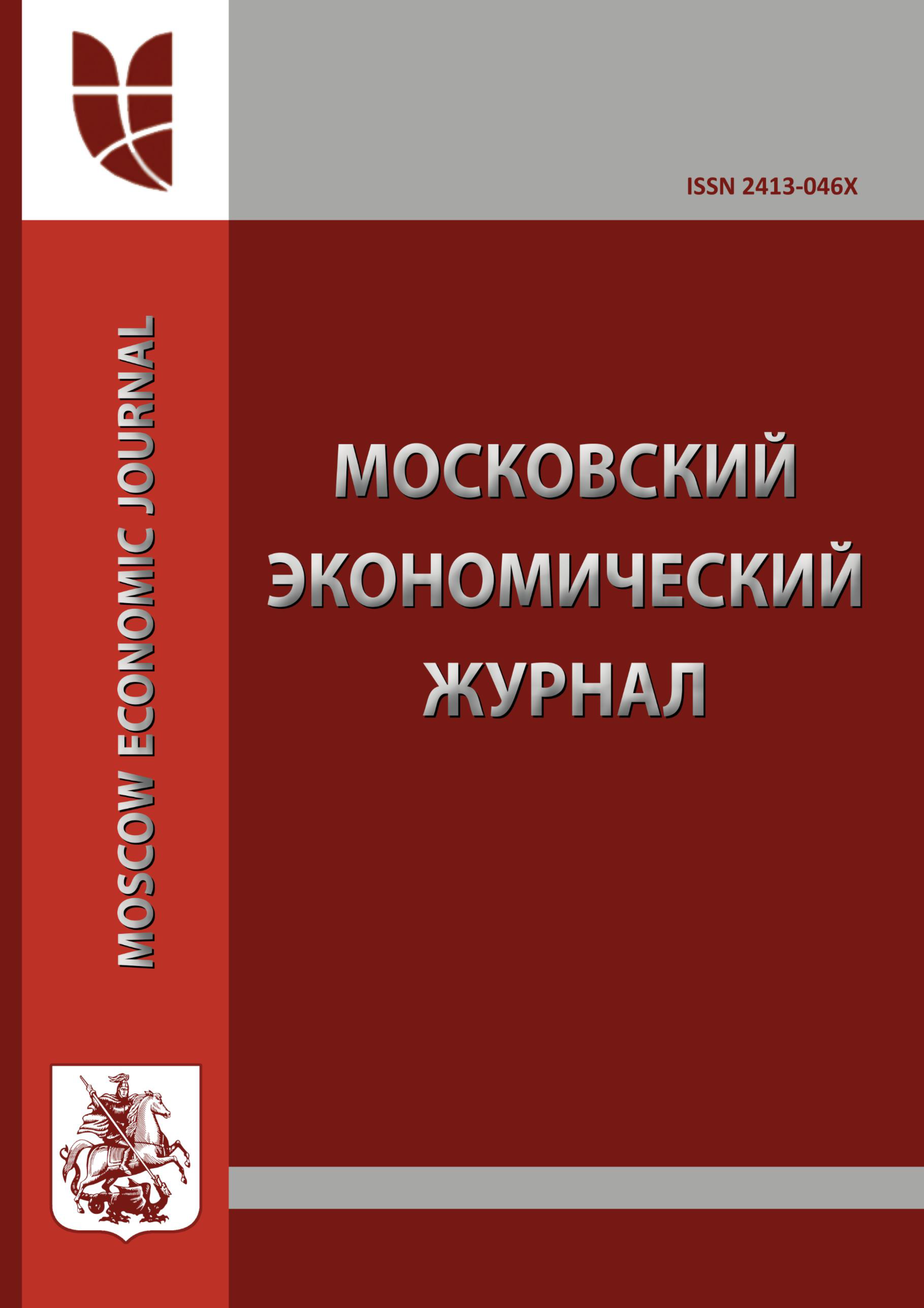Russian Federation
Russian Federation
The conditions for the creation of a unified design and a comfortable environment have been explored for more than 70 years and reveal how architecture and design affect the psychological development and condition of adults, children and adolescents. The most vulnerable are children with disabilities. The article presents the key points on which it is worth paying attention and the differences between positive and negative factors affecting the mental, moral and physical state of a person. Direct influence of architecture on an ordinary child is often not possible to track. The environment acts on it indirectly and the result of such influence becomes noticeable in the process of personality formation, namely, growing up. The architectural environment leaves its imprint on its creativity, on the ability to make decisions, on the choice of vocation and the sense of satisfaction from choice.
architecture, teenagers, children, environment, shabby, space, comfort, design
1. Bancerova O.L., T.V. Arslanbekova Opyt proektirovaniya prostranstva zhilogo doma s uchetom duhovnogo razvitiya sem'i North Charleston USA / Aktual'nye napravleniya fundamental'nyh i prikladnyh issledovaniy 13-14 marta / 2014 g.
2. Bazyma B.A. Poryadkovye otnosheniya cvetov i cvetovye predpochteniya / Vestnik Har'kovskogo universiteta, seriya «Psihologiya», № 550. Materialy 4-h mezhdunarodnyh psihologicheskih chteniy: «Psihologiya v sovremennom izmerenii: teoriya i praktika», Har'kov, 2002, S. 13-15.
3. Vlasov D.N., Metodologiya razvitiya sistemy transportno-peresadochnyh kozlov na territorii gorodskogo yadra aglomeracii (Na primere Moskvy), Sovremennye problemy nauki i obrazovaniya, № 4 / 2013
4. Vukan R. Vuchik. Transport v gorodah, udobnyh dlya zhizni = Transportation for Livable Cities. Territoriya buduschego, 2011. S. 576. ISBN 978-5-91129-058-0.
5. Danilina N.V., Vlasov D.N., Sistemy transportno-peresadochnyh uzlov i «perehvatyvayuschie stoyanki», monografiya, Izdatel'stvo: Lap Lambert Academic Publshing (Germaniya), ISBN 978-3-659-42199-0, 81 str. 2013 g.
6. Dey K. «Mesta, gde obitaet dusha: Arhitektura i sreda kak lechebnoe sredstvo» / Per. s angl. V.L. Glazycheva / Kristofer Dey. M.: Lad'ya, 2000. 280 s: il.
7. Privezenceva S.V., Sorokoumova T.V. / Rekreacionno-dosugovaya urbosreda dlya detskogo naseleniya / Nauchnoe obozrenie / Izdatel'skiy dom «Nauka obrazovaniya» (Moskva) / 2015/ №14 /50-53/ ISSN: 1815-4972
8. Tesler K.I. Razvitie adaptirovannyh dlya malomobil'nyh grupp naseleniya marshrutov obschestvennogo transporta v istoricheskoy chasti g. Moskvy, INTERNET-VESTNIK VOLGGASU, Izdatel'stvo: Volgogradskiy gosudarstvennyy arhitekturno-stroitel'nyy universitet (Volgograd), № 4 (35), 2014 g, eISSN: 1994-0351
9. Trofimova T.E., Rodionovskaya I.S., Sorokoumova T.V. Detskaya aktivaciya v gorodskoy srede, Nauchnoe obozrenie, Izdatel'stvo: Izdatel'skiy dom «Nauka obrazovaniya» (Moskva), № 14, 2016 g., ISSN: 1815-4972











